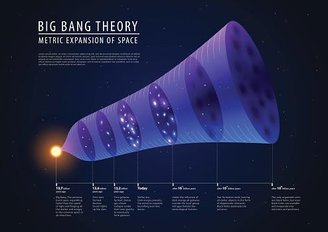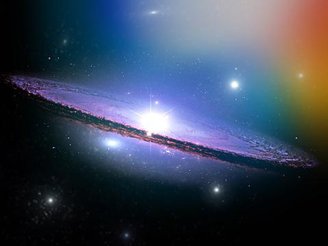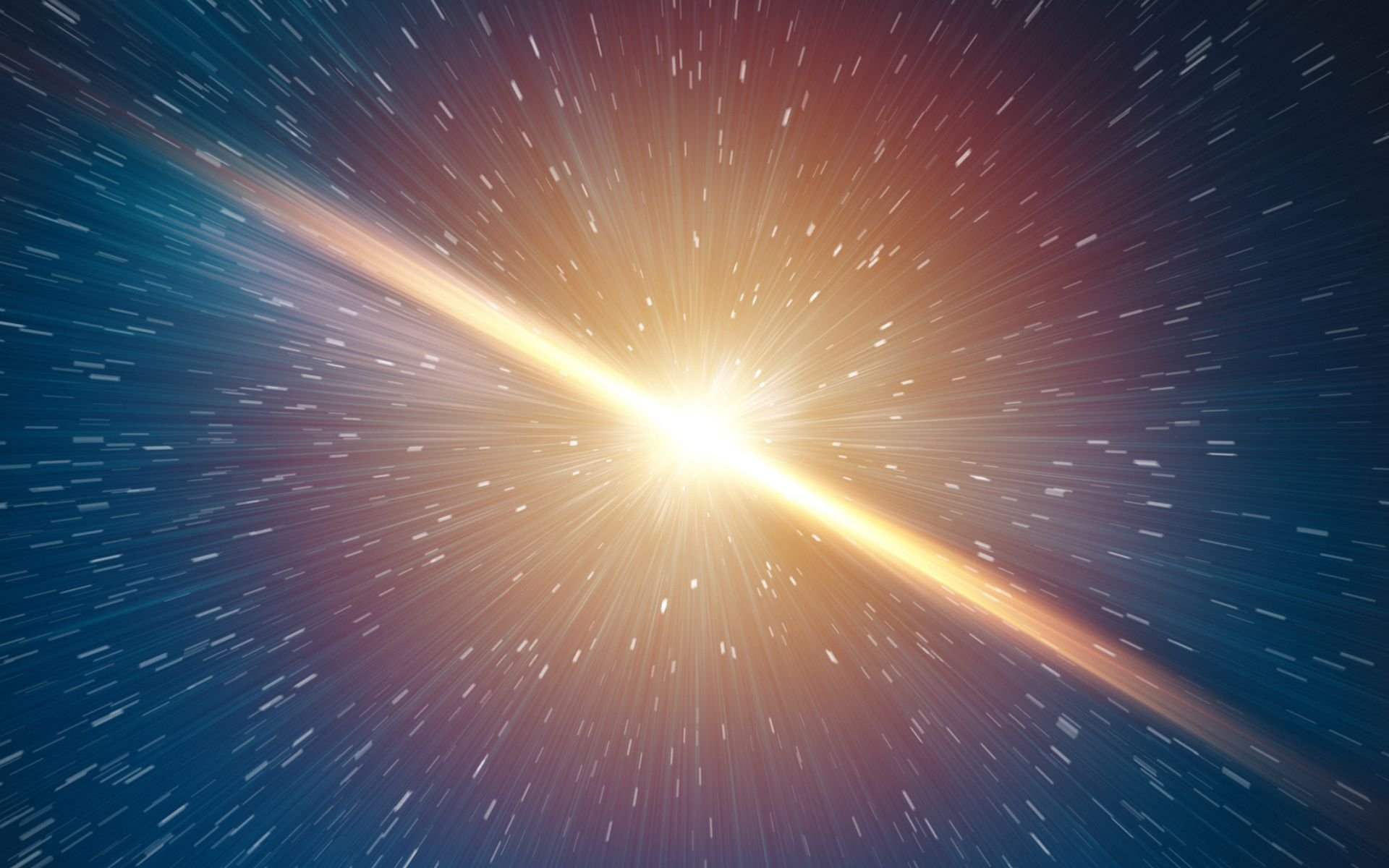14 billion years ago an explosion gave rise to what we know as the universe. Elementary particles, heat, pressure, dizzying speeds, and vast amounts of nothingness were slowly creating everything.
As those living on the periphery of the world, We still know little about what factors triggered the Big Bang and the events that followed the explosion that created the place we call home today.
But thanks to cosmology and technological advances, we can begin to glimpse details of the past known as the dark ages of the universe. Learn more about cosmology and what the world’s first steps towards light might be.
universal dark age
In our imagination, there would be only destruction and worlds breaking apart everywhere after the Big Bang, but what may actually result from this rapid expansion of the universe is the recipe for creation.
According to research, after the expansion, a distinction was formed between universal forces that could be combined (gravity, electromagnetism, weak and strong nuclear forces). The interaction between these forces encouraged the interaction between elementary particles such as electrons, protons, quarks, among others, to expand, combine, and even cancel each other.
The particles came together to form elements such as hydrogen and helium. The fusion of these particles produced the most abundant elements in the entire universe: hydrogen and helium, as well as other elements that form the recipe card for new worlds.
However, during this formation process, photons, that is, particles of light, failed to escape and spread freely in space. The interaction between them and free electrons caused the universe to remain opaque, giving rise to the term dark ages.. According to some scientists, temperature and interactions stabilized over hundreds of thousands of centuries, or 380,000 years.

The elements submitted to the huge gravitational force and came together to form the first cradles of stars and protogalaxies. At this point, photons began to circulate freely from the center of their cluster and give birth to creation.
But this was just the beginning of the story. The dark ages of the universe were not broken so easily. So how can we have this information if all this happened more than 14 billion years ago?
Time travel: Cosmology
There is a branch that studies the universe called cosmology. This science studies the formation of the earth, its structure, composition, and how it has expanded since its creation..
Cosmology is slowly putting the pieces of the puzzle together by examining images from telescopes in space, such as James Webb and Hubble, as well as telescopes on the ground that capture radiation directly from deep space.

Cosmology takes a tour through history by looking directly at the past from the present. When we look at the starlight we take a trip down memory lane, do you know? Starlight takes a while to reach us. Even the Sun has an eight-minute “delay” for its light to reach us.
When cosmologists look into the farthest reaches of space and study their emissions, they are getting closer to a rudimentary description of the moments after the Big Bang. They investigated and observed whether the elements expected for this moment of universal creation existed, and cosmology found very promising results.
To do this, they use different tools that identify chemical elements, wavelengths, distances and different types of radiation. Images like those taken from the James Webb Space Telescope have given new clues about how things might have happened, as well as raising other questions.
Understanding how things happened in the dark ages helps us solve other mysteries of the cosmos, such as dark matter and dark energy, as well as guiding where we can point our telescopes to find new worlds. you know, it’s livable.
Do you love astronomy and want to learn more about the subject? Learn more about how fingerprints were found on the first stars in the universe and stay tuned to TecMundo for more scientific content!
Source: Tec Mundo
I’m Blaine Morgan, an experienced journalist and writer with over 8 years of experience in the tech industry. My expertise lies in writing about technology news and trends, covering everything from cutting-edge gadgets to emerging software developments. I’ve written for several leading publications including Gadget Onus where I am an author.













